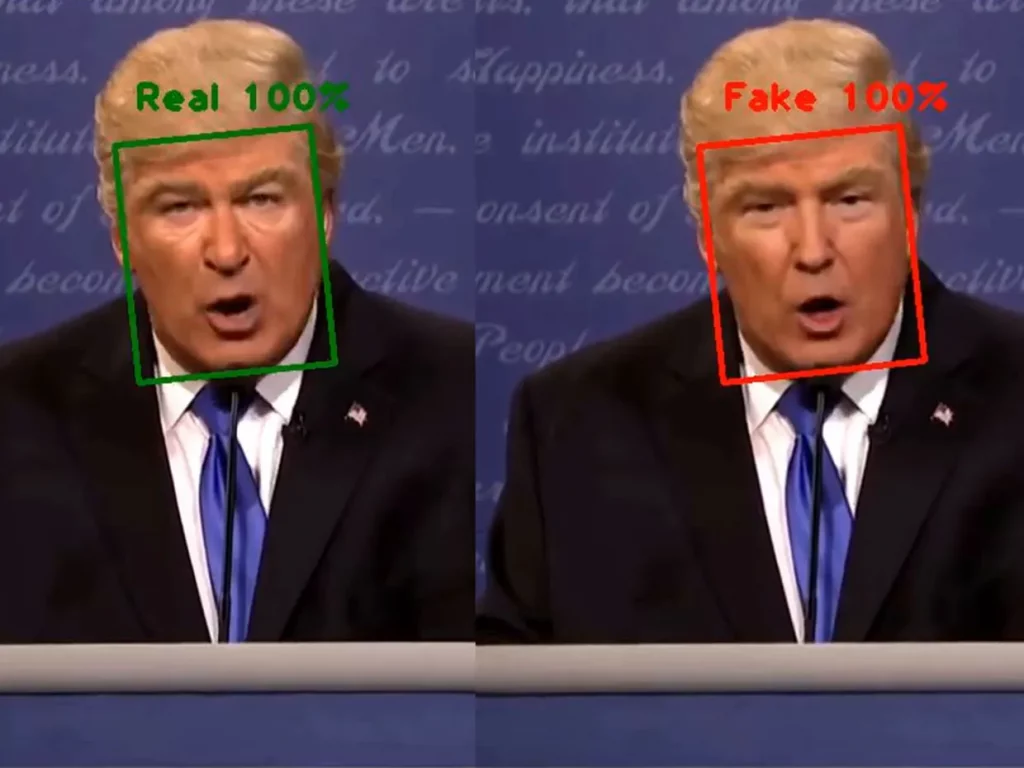
Differentiating between real images and computer-generated images has become increasingly challenging with the application of artificial intelligence and digital manipulation. While digital tools are often used for entertainment purposes, the threat of the spread of fake political news is also gradually increasing.
Many start-ups and organisations are currently testing and launching AI-detector tools. While results are not always positive, there a few tips and methods that can help users distinguish between real and fake information. For instance, one of the way for AI-detectors to identify fake images is by applying a reverse image search by finding when the picture was posted online for the first time.
In addition, while Generative AI is already well advanced, there are still some structural issues that the human eye is able to capture such as the mistakes in the reproduction of hands, the representation of reflections (i.e., in mirrors, water), the presence of asymmetries or differences when comparing the same pictures retrieved from different sources, and the presence of watermarks. Previous captions on comments made on a picture can also help detect fake images.
To learn more about the topic :
- Source Article
- Reverse Image Search
- Verification Tools (InVID)
- Examples of AI-developed tools : Midjourney, DALL-E, Craiyon, Stable Diffusion
